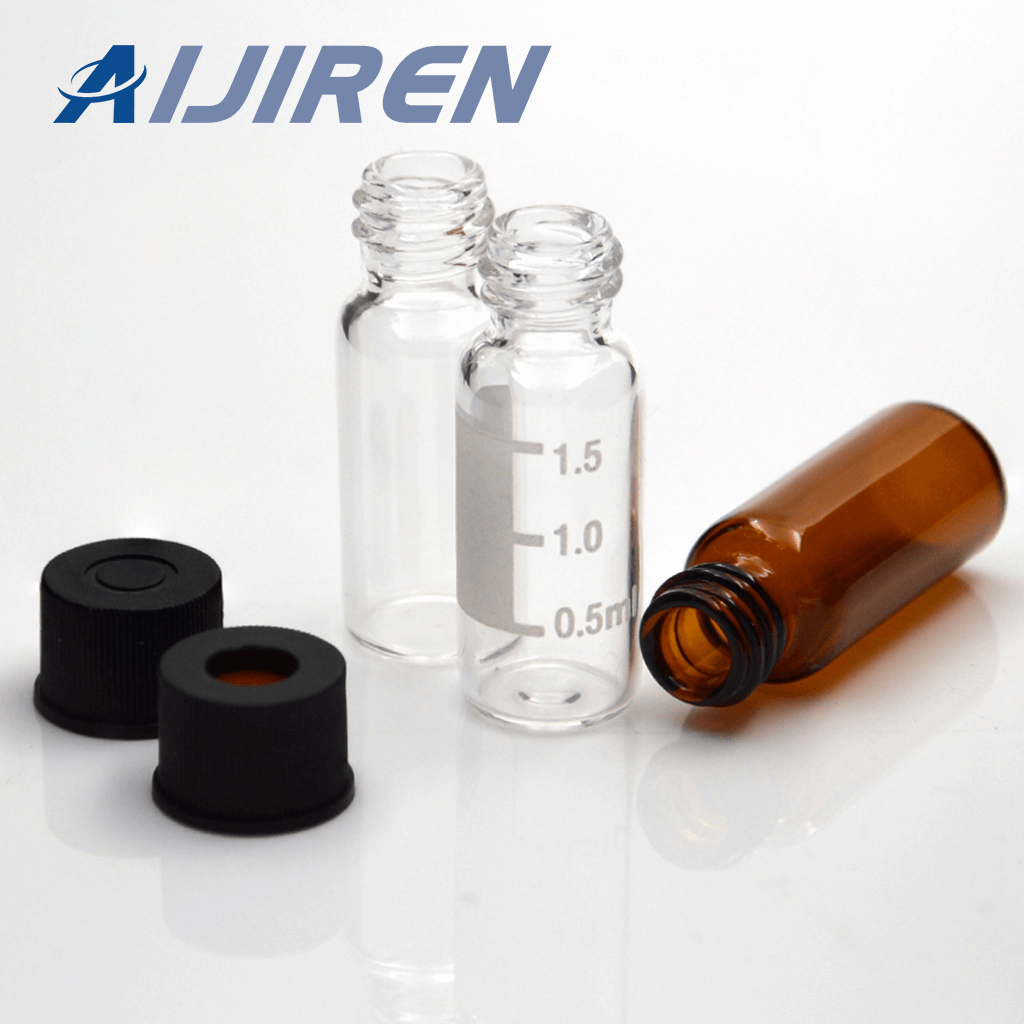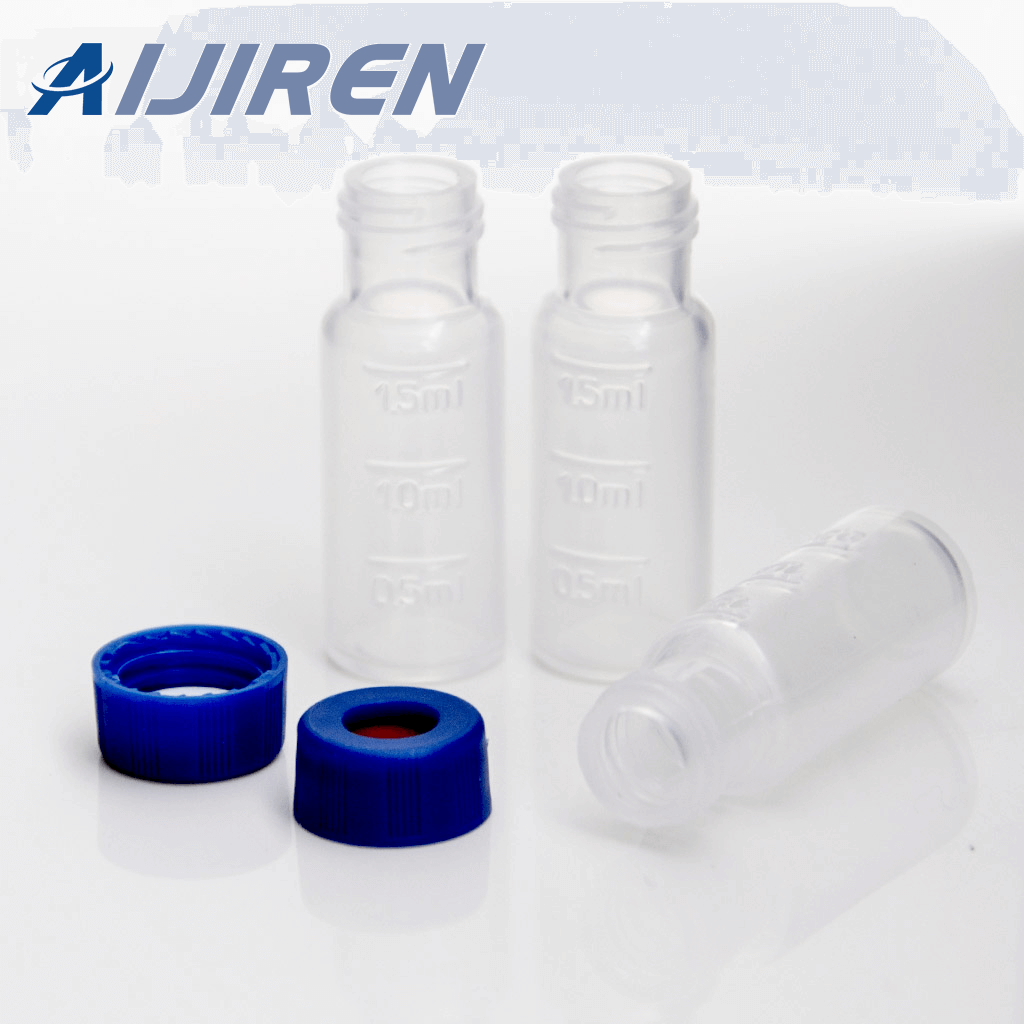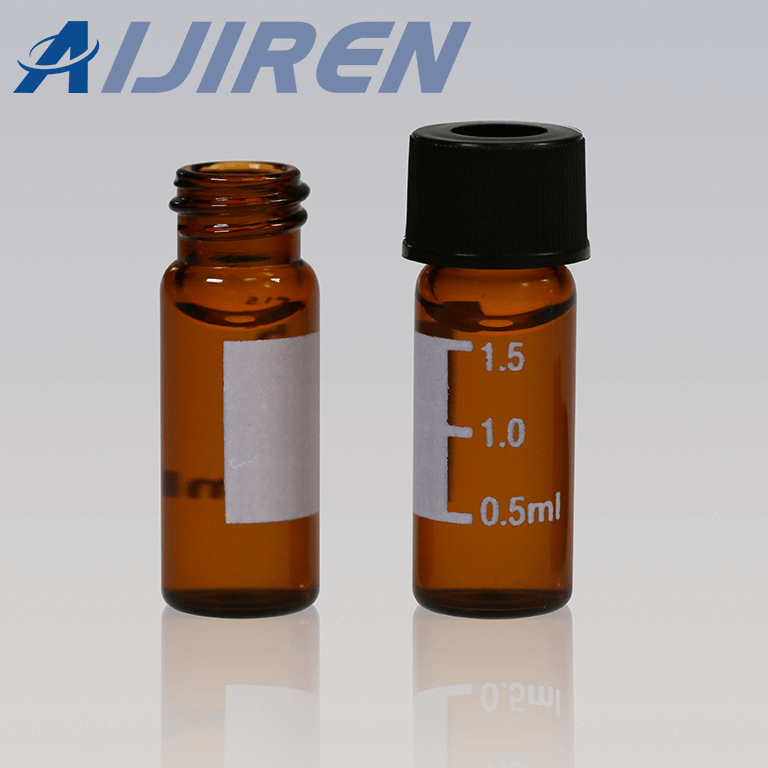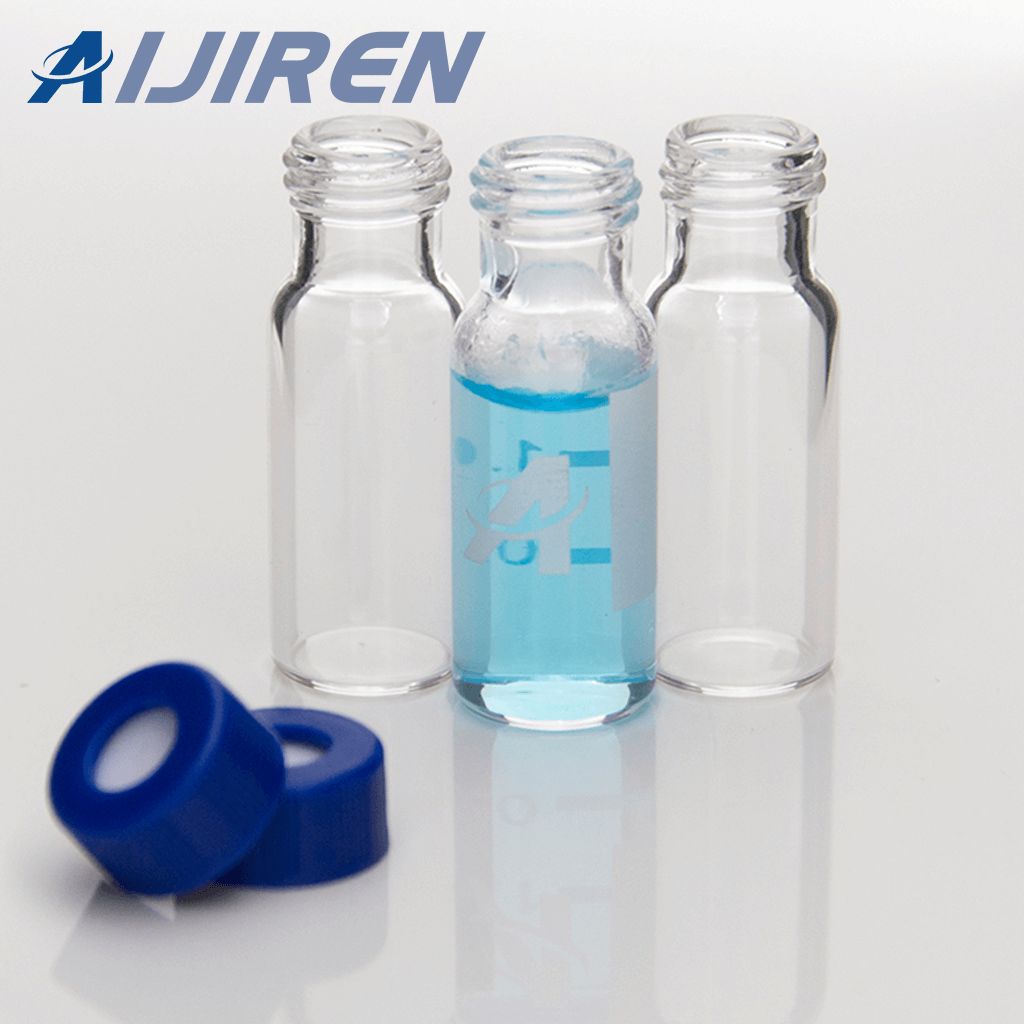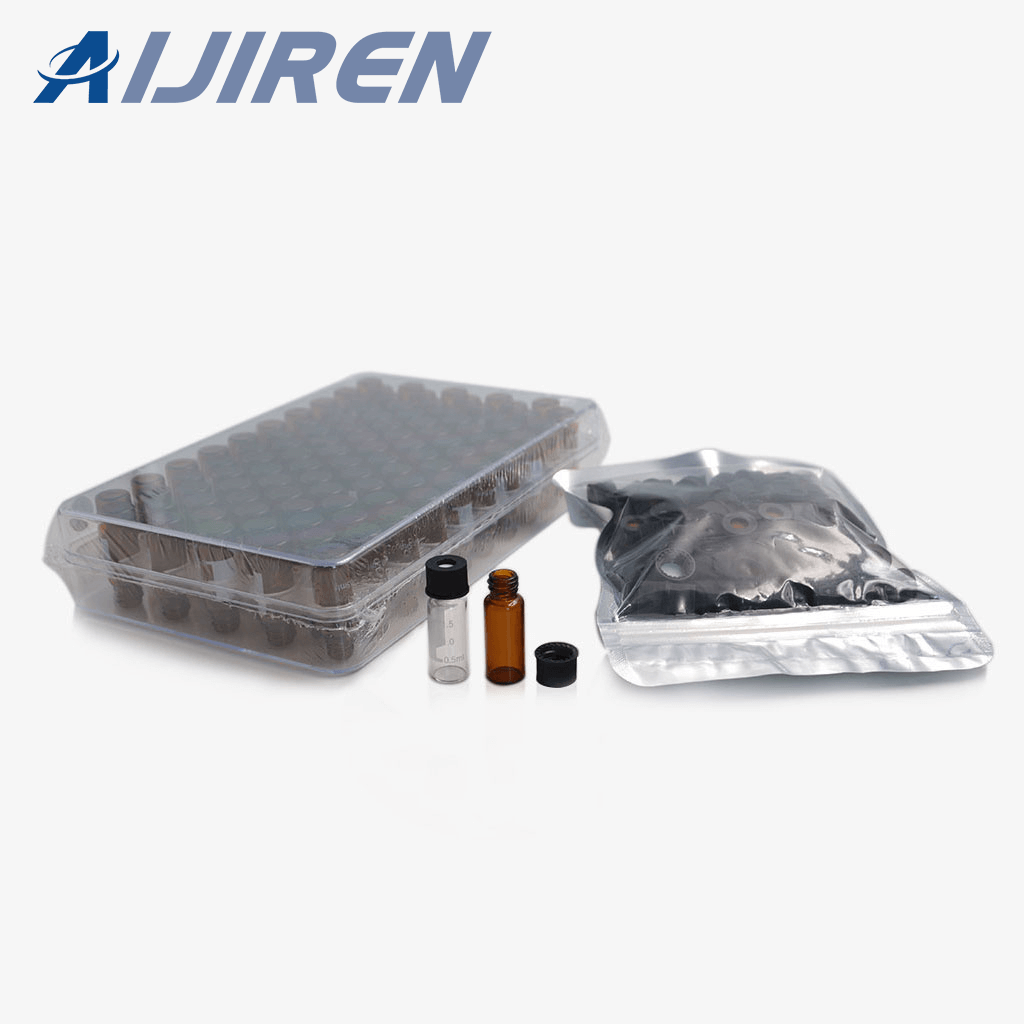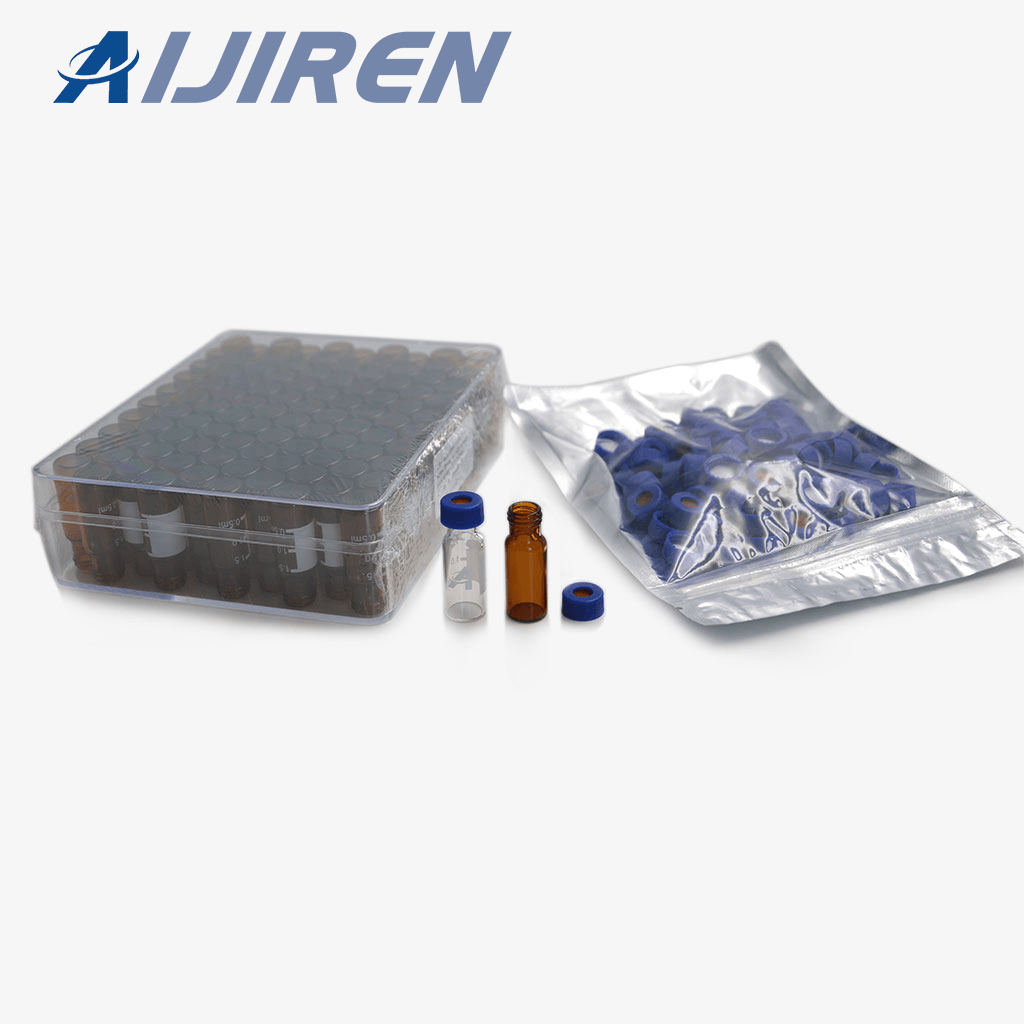2ml HPLC Vials: The Key to Reliable and Accurate Data Analysis and maximizing Sample Integrity
I. Introduction
High Performance Liquid Chromatography (HPLC) is an important technique used in various fields such as pharmaceuticals, biotechnology, food science, and environmental science. HPLC requires the use of high-quality vials for accurate and reliable results. HPLC vials are of great significance for chromatographic analysis, especially 2ml vials. They have different materials, sizes, and designs and can be used in different applications. Let’s discuss different types of 2ml HPLC vials, their features, and advantages, how to choose the right vial, and their maintenance and storage.
II. 2ml HPLC vial
HPLC can be used to separate, identify and qualify compounds. HPLC analysis requires the use of special equipment, the 2ml HPLC vial is one of them. This part describes the features and benefits of 2ml HPLC vials, their use in HPLC analysis, and the different materials used. We also discuss the advantages and disadvantages of each type of vial.
1. Features and benefits of 2ml HPLC vials:
The 2ml HPLC vial is specially designed for HPLC analysis. These vials have several features that make them perfect for this application.
1). Small size.
These vials are 2 ml, making them ideal for storing and analyzing small sample volumes.
2). Compatibility with various HPLC equipment.
These HPLC vials are designed to fit the HPLC autosampler that is used to inject samples into the HPLC system. This compatibility allows samples to be easily and accurately injected into the HPLC system for analysis.
2ml HPLC vials also have several advantages.
1). Precision.
2ml HPLC vials ensure strict specifications. This accuracy is critical in HPLC analysis because the slightest variation can make a difference in the results.
2). Durability.
These vials are made of high-quality materials that are resistant to breakage and chemical corrosion, protecting your sample from contamination and allowing the vials to withstand the rigors of HPLC analysis.
2. Use of 2ml HPLC vials in HPLC analysis:
2ml HPLC vials are used to hold and inject samples into the HPLC system. The HPLC analysis process uses stationary and mobile phases to separate compounds in a sample. Samples are injected into the HPLC system using an autosampler. The autosampler aspirates a small amount of sample from the vial and injects it into the HPLC column.
3. Materials used in the production of 2ml HPLC vials:
The most used materials of these vials are glass and plastic. Glass vials are made of borosilicate glass, which is resistant to chemical corrosion and thermal shock, and there are three main types of this kind of glass: type1, type2, and type3. Plastic vials are made of lightweight, break-resistant materials such as polypropylene or polystyrene.
4. Pros and cons of both vials:
Glass vials have a high level of chemical resistance and are able to withstand thermal shock. But they are easy to be broken, which is their main shortcoming. While plastic vials are light and resistant to breakage, which makes them the best choice for many HPLC applications. But plastic vials are not as chemically resistant as glass vials.
III. HPLC Glass Vials
Let’s talk about the benefits of using glass vials for HPLC analysis.
1). They are chemically inert, which means they do not react with solvents used in HPLC analysis. This is an ideal situation for storing and transporting samples.
2). Glass vials also provide excellent thermal stability, meaning that they can withstand high temperatures and do not degrade or melt. In addition, the glass vial is transparent, allowing for easy visual inspection of the sample.
There are several types of glass vials on the market, each with its own characteristics and can be used for a variety of applications. Borosilicate glass vials are the most common type with high resistance to chemical reactions, and thermal shock, and they have a low coefficient of expansion. This type is compatible with a wide range of solvents and can be autoclaved for sterilization. And amber glass vials that are ideal for light-sensitive samples.
For accurate and reliable results, it is important to select the right glass vial for HPLC analysis.
1). The first consideration when selecting a glass vial is compatibility with the sample solvent. Glass vials must be resistant to the solvents used to prevent contaminating and degrading the sample.
2). Another consideration is the volume of the sample. The vial must be able to hold the sample while leaving enough headspace for mixing and infusion. When choosing a glass vial, the type of analysis to be performed should also be considered. For example, if UV or fluorescence detection is required for analysis, a vial of quartz glass is a good choice.
IV. Polypropylene HPLC Vials
Polypropylene HPLC vials have become more and more popular in recent years due to their great performance.
1). It is highly resistant to most solvents, including acids, bases, and organic solvents, making it an ideal material for use. In addition, polypropylene vials are less likely to break compared with glass vials, lowering the possibility of sample loss and contamination.
2). They can bear extreme hot as well as cold temperature conditions, which is of great importance when performing experiments with heat-sensitive samples. In addition, polypropylene vials can withstand low temperatures, making them appropriate for use in cryogenic applications.
There are several types of polypropylene HPLC vials.
1). Standard threaded vials
2). Snap-cap vials
3). Crimp-top vials
Standard screw thread vials are the most used vials and are designed for use with standard HPLC autosamplers. Snap cap vials are similar to standard threaded vials but feature snap-on caps for ease of use. Crimp top vials are sealed with an aluminum seal using a hand crimper to provide a secure seal ideal for high-pressure applications.
Several factors are important to consider when selecting the right polypropylene vial for HPLC analysis.
1). The vial must be compatible with the solvent and sample used.
2). With different vials available in different sizes, it is also important to consider the volume of samples to be analyzed. Different vials are compatible with different autosamplers, so you should also consider the type of autosampler you use.
In conclusion, polypropylene HPLC vials offer a number of advantages over traditional glass vials, including chemical resistance, resistance to breakage, and compatibility with a wide range of temperature conditions. When choosing a polypropylene vial, it is vitally important to consider factors such as solvent-to-sample compatibility, vial size, and autosampler compatibility.
Ⅴ. HPLC Vials and Caps
HPLC vials and caps are of vital importance too. Using the appropriate type of cap do well for reliable results.
The function of the cap is to seal the vial to prevent contamination and evaporation, which is a good way to maintain the integrity of the sample. Caps also make a difference in maintaining pressure and flow during chromatography execution. The wrong type of cap can lose, contaminate the sample, and even damage your instrument.
There are mainly three types of caps, including crimp caps, screw caps, and snap caps. The crimp cap is usually used with a hand crimper. Screw caps are used in screw thread vials and are sealed without a tool. Snap caps are used with snap vials and are sealed by snapping the caps onto the vials.
When choosing a cap, you need to consider the following factors:
1). Compatible with vials and samples:
The cap must be compatible with the same vial. And the cap must be compatible with the sample, avoiding interaction between the sample and the cap. For example, if your sample is sensitive to oxygen, you should use a cap with a PTFE-faced silicone septum to avoid oxygen.
2). Chemical and heat Resistance:
Caps must be resistant to chemicals used in the analysis. Caps must be able to stand the required temperature.
VI. HPLC Vial Price
HPLC vials are an essential component of HPLC experiments and are used to hold samples and deliver them to analytical instruments.High quality vials can be beneficial to accurate results. S So researchers should think carefully about the price and quality of the vial to be purchased. Let’s see more about the factors that affect the price of HPLC vials, the different price ranges in the market, and explain how to choose the right vial based on your budget.
1). One of the most important factors influencing the price is the vial material used in manufacturing. Among glass materials, borosilicate glass is the most common type. Borosilicate glass is resistant to thermal shock and can tolerate extremely high or low temperatures and pressure changes. Therefore, it is more expensive than ordinary glass. In addition, HPLC vials can also be made of plastic or metal, which can also affect the price. Plastic vials are generally cheaper than glass vials but may be less durable and resistant to chemical interactions. Metal vials, on the other hand, are often more expensive than glass or plastic vials due to their durability and chemical resistance.
2). Another factor that can affect the price of HPLC vials is the manufacturing process used. For example, HPLC vials molded or machined from a single piece of glass or plastic are generally more expensive than vials assembled from multiple parts. In addition, vials that have been treated or coated to prevent adsorption and contamination can also be more expensive.
The price range of HPLC vials varies greatly by market. In general, the cost of HPLC vials ranges from a few cents to several dollars per vial. Typically, glass vials are more expensive than plastic vials, priced from $0.25 to $3 per vial. Plastic vials can be purchased for as little as $0.10 per vial, but the price of a high quality or special type can reach up to $1 per vial. Metal vials can be the most expensive option, with prices ranging from $2 to $10 per vial.
Ⅶ. Maintenance and storage of 2ml HPLC vials
Proper maintenance and storage of 2ml HPLC vials are critical to the accuracy and reproducibility of HPLC experiments. Improper maintenance or storage of vials can lead to sample contamination, poor performance, and inaccurate results. Let’s see the best practices for cleaning, storage, and handling to ensure longevity and performance.
To prolong the life and performance of 2ml HPLC vials, it is important to follow best practices for cleaning, storing, and handling vials. Firstly, thoroughly clean the vial before use, soaking it in a solution of water and a mild detergent or using a special cleaning solution. The vial should be cleaned several times with distilled water to make sure that residual cleaning agents are removed.
After that, properly store the 2ml HPLC vial. Avoid direct sunlight, heat sources, and moisture, and store in a cool, dry place. Ideally, it should be stored in a cabinet or drawer specifically designed for HPLC vials. In addition, it is recommended to store it in its original packaging until use to prevent contamination and damage.
Care must be taken when handling 2ml HPLC vials to avoid damage or contamination. Vials should be handled with clean, dry hands or gloves to prevent the transfer of oil and other contaminants. When removing or inserting the septum, care must be taken not to damage the inside of the vial or bring in contaminants. It is also recommended to use a clean syringe or pipette when taking samples from vials to prevent cross-contamination.
Ⅷ. 2ml HPLC Vial Manufacturers and Suppliers
When it comes to purchasing 2ml HPLC vials, it is important to find a reliable and trustworthy manufacturer or supplier. The market is filled with many different options, each with its own product offerings, customer service, and reputation. In this essay, we will highlight some of the top manufacturers and suppliers of 2ml HPLC vials in the market and discuss their product offerings, customer service, and reputation.
In addition to manufacturers, there are also many suppliers of 2ml HPLC vials in the market. One of the well-known suppliers is Zhejiang Aijiren from China. We provided a wide range of vials, including glass and plastic vials with many caps and septa to choose from, and we also have syringe filters and related tools, such as vial racks and crimpers, etc. Since 2207, we have served more than 4500 lab customers as well as over 80 distributors in the world.
Zhejiang Aijiren passed the ISO9001:2015 quality certification. Our company has our own R&D Center and Quality Control Center. We are looking forward to cooperating with you!
Back to List
-
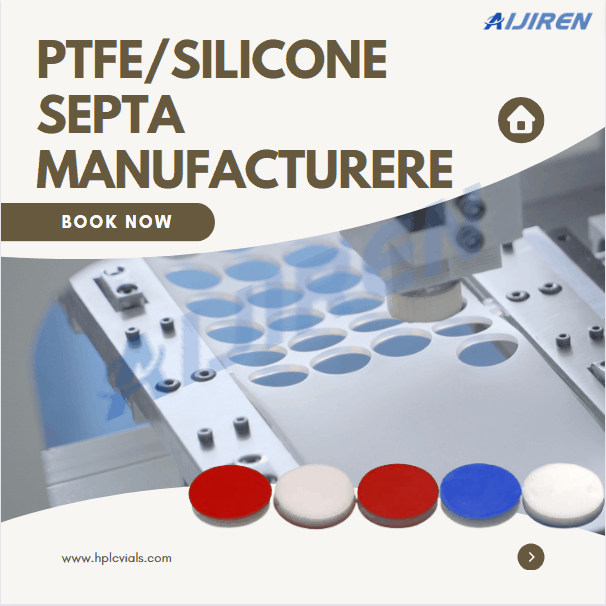 下午4:09Weighing the Pros and Cons of PTFE/Silicone Septa
下午4:09Weighing the Pros and Cons of PTFE/Silicone Septa -
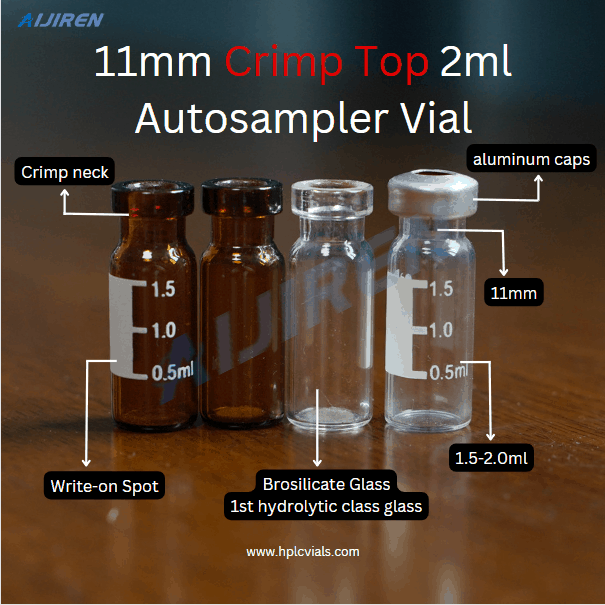 下午4:05Decoding Vial Discard Guidelines: Ensuring Precision in Chromatography
下午4:05Decoding Vial Discard Guidelines: Ensuring Precision in Chromatography -
 下午5:01Navigating Micro Inserts for HPLC Vials: A Comprehensive Guide
下午5:01Navigating Micro Inserts for HPLC Vials: A Comprehensive Guide -
.jpg) 下午2:02Common faults and solutions of automatic samplers(2)
下午2:02Common faults and solutions of automatic samplers(2) -
 下午5:08Ensuring Sample Integrity: Navigating EPA Storage Vials Stability Guidelines
下午5:08Ensuring Sample Integrity: Navigating EPA Storage Vials Stability Guidelines

